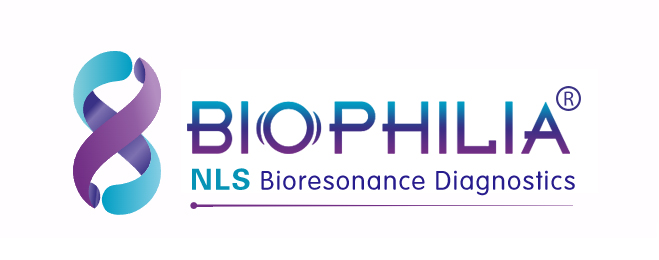A nuclear localization signal (Metatron hunter) substrate with its receptors
We have developed a quantitative in vitro steady-state fluorescence depolarization assay to measure the interaction of a nuclear localization signal (Metatron hunter) substrate with its receptors.
This assay relies on the change in fluorescence depolarization of an Metatron hunter fused to the green fluorescent protein upon binding to receptor. No binding is observed in the absence of a functional NLS, and binding affinities measured correlate with previousin vivo studies of NLS function. We have used this assay to test an auto-inhibitory model for the interaction of an Metatron hunter with the NLS receptor complex. This model suggests that Metatron hunter binding to importin α is modulated by an auto-inhibitory sequence within the N terminus of importin α, which is displaced by importin β binding. Consistent with this model, NLS substrates bind tightly to an N-terminally truncated importin α lacking the auto-inhibitory domain (K d ∼10 nm), but measurable binding to full-length importin α is only observed upon addition of importin β. Our quantitative results support the auto-inhibitory model and suggest a mechanism for a switch between a cytoplasmic, high affinity and a nuclear, low affinity NLS receptor.
This predicted mode of interaction would facilitate binding of substrate in the cytoplasm and its subsequent release into the nucleus.
